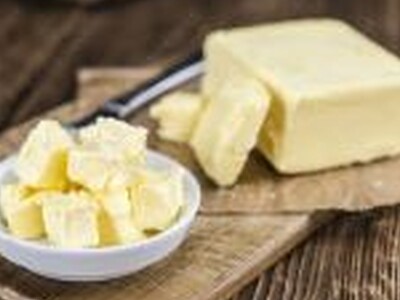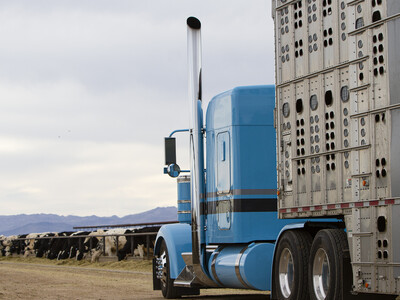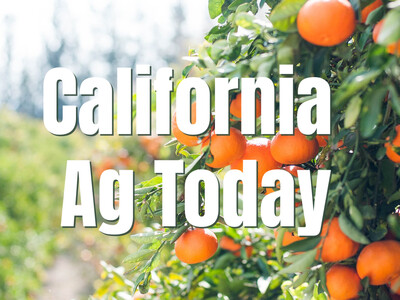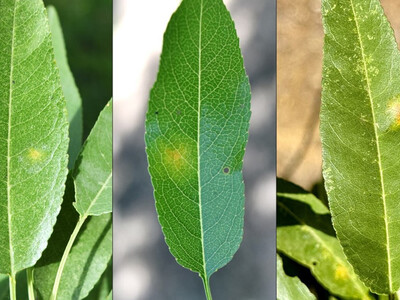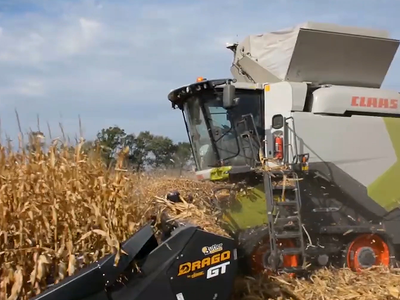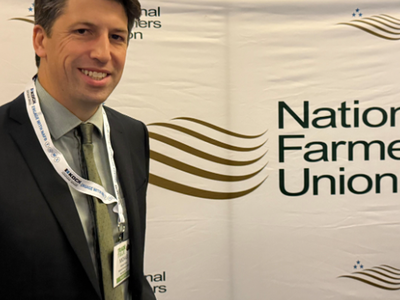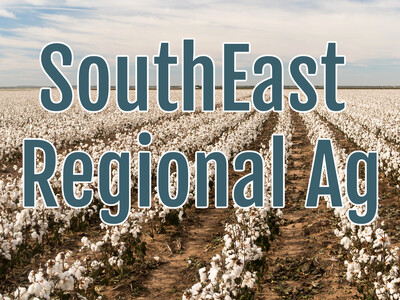Grow Your Own Fuel
Growing Your Own Fuel. I’m Greg Martin as Line On Agriculture presents the Harvest Clean Energy Report.
Camelina is a very promising, low input oilseed that many farmers are quickly discovering here in the northwest. Steve Camp is a farmer near LaCrosse, Washington who has discovered camelina.
CAMP: The plant itself intrigued me when I started raising it. The first year that I put it in the ground I did pretty much everything wrong and I still ended up with really a pretty decent crop out of the whole thing and that impressed me. This is my fourth crop now. It can be a challenge but it has some qualities that make it a pretty good fit for certain areas of agriculture.
Due its shallow roots it doesn’t require a lot of moisture and does well on even questionable ground. Camp has also discovered the magic inside the camelina seed.
CAMP: As far as oil production I’ve always been kind of interested in alternative energy whether it be solar, wind or biofuels and this was an opportunity to progress into the biofuel end of things. SO that started out a couple of years ago I had my crop of camelina commercially crushed and processed so that I could get some biodiesel so that I could run it in some of my equipment to see how things operated.
He was pleased with the outcome and that led him to expanding his involvement.
CAMP: It’s a very green product. I’m pushing pencils to it now but I’m doing it myself. This last year I’ve obtained a crusher, I press my own oil and I now have picked up a processor and I’m also processing that oil into biodiesel. I’ve discovered that it’s not rocket science by any means. For the small users like the farmers and truck drivers, small businesses I think there’s a real advantage to grow and utilize your own products in the community.
Camp is happy to share his knowledge on the subject and that includes some funding opportunities.
CAMP: For this particular project I applied for a Conservation Innovation Grant through the State of Washington and surprisingly they thought the project was pretty unique so they funded my request and that helped put down some money so we could get some of this equipment but I would have done the program even without the grant. This just kind of changes the direction I go with the program. There’s some good leasing rates out there for getting this equipment so for the price of a new pickup you can be doing your own fuel.
For additional information on clean energy, visit harvestcleanenergy.org. That’s today’s Line On Agriculture. I’m Greg Martin on the Ag Information Network.
www.harvestcleanenergy.org





